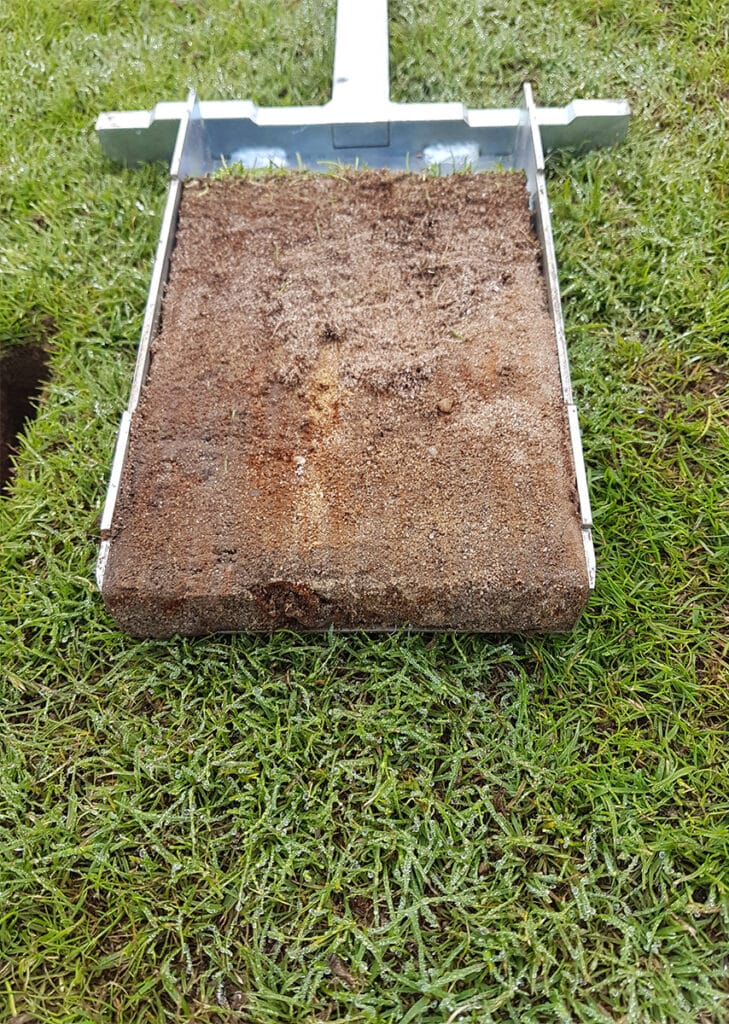Home ▸ Lawn Care Guide ▸ Droughts & watering your lawn ▸ Dry Weather/Drought Advice
Dry Weather/Drought Advice

Just a few weeks of reduced rainfall can turn lawns dry and brown, especially if you have sandy soil. Lawns can go dormant to protect themselves, but longer periods of dry weather could kill it off completely. Here are our top tips on how to care for your lawn during drier periods.
- Inspect the lawn to confirm if the lawn has just gone dormant or has died off. Dormant lawns will have brown leaves but remain green at the base and still have healthy roots, so should recover once conditions improve. Dead lawns will be brown, brittle and will have soil visible in the surface, these will need renovation or replacing.
- Water twice a week to saturation point if there are no current water restrictions in place. Water in the evening or early morning to avoid too much evaporating. If the lawn frequently dries out it may be worth considering an automatic irrigation system, see our comprehensive lawn watering guide.
- Leave the grass a little longer than you usually would when you mow; this provides a degree of shelter for the soil and helps retain moisture.
- Ensure your mower blade is sharp to avoid stressing the grass
- Mow on a higher setting than usual to just knock the tops off and avoid scalping altogether and take longer to break down, potentially blocking the grass underneath and encouraging disease.
- If you are applying treatments to your lawn, check they are suitable for use in hot weather. Some fertilisers and weed treatments can scorch the grass if applied in the wrong conditions but there are drought safe products which can be applied and will not activate until rain arrives.
- Consider applying wetting agents when watering which will help the water penetrate the soil more easily.
- Get prepared for lawn renovation in the autumn which will help your lawn to recover quickly after a prolonged dry spell. Autumn renovations start in Mid-August until mid-October and usually consist of scarification, aeration and over-seeding.

Top–tip: dig a hole and inspect your soil for moisture content
